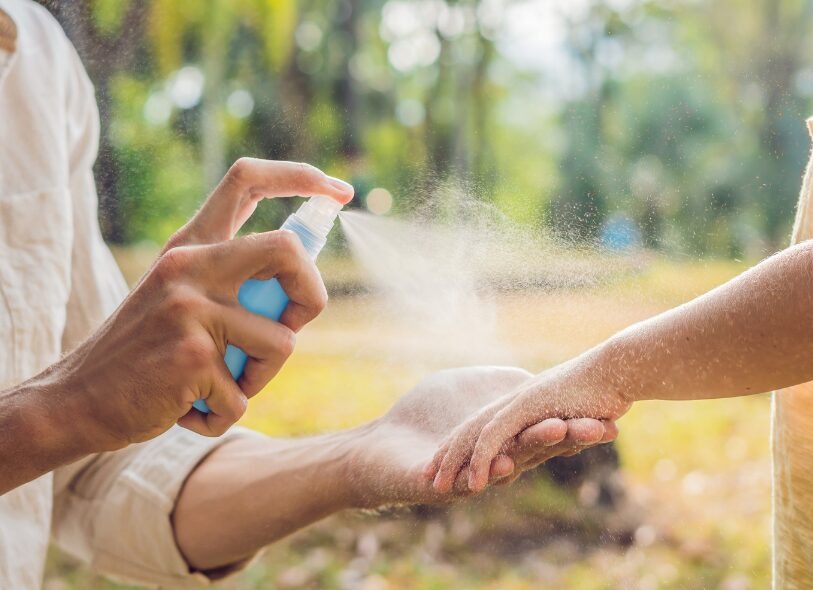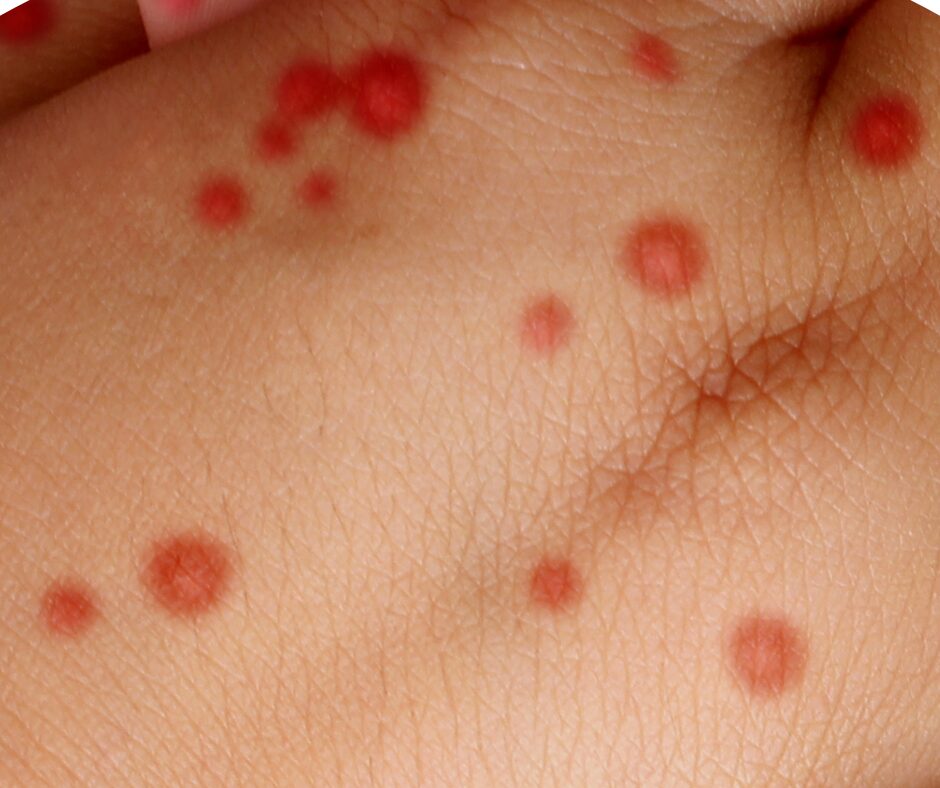Health protection
Could that new or slow healing ulcer or skin infection be a Buruli ulcer from a summer mosquito bite?



Residents of Melbourne’s inner north and west are being urged to protect themselves from mosquito bites and get tested early if they have symptoms, due to increasing cases of Buruli ulcer in the region.
Last year, a record 362 cases of Buruli ulcer were recorded in Victoria, according to the Department of Health. Now is the busiest period of the year for Buruli ulcer diagnoses — and there have been 347 cases reported statewide in 2024 so far.
In Victoria, there have been 69 notified cases combined in residents of Merri-bek and the neighbouring municipality of Moonee Valley. The Western Public Health Unit (WPHU) has recently recorded cases likely acquired in Ascot Vale, Brunswick West, Coburg, Essendon, Moonee Ponds, Pascoe Vale South and Strathmore.
Buruli ulcer is an infection of skin and soft tissue caused by bacteria called Mycobacterium ulcerans that develops following a bite from an infected mosquito. The toxins made by the bacteria destroy skin cells, small blood vessels and the fat under the skin, which causes the Buruli ulcer.
While Buruli ulcer can be cured with specific antibiotics, WPHU Director Dr Finn Romanes is warning local residents to look out for the early signs of infection and to take action to prevent the infection.
“Local research has confirmed that Buruli ulcer is transmitted from possums to people via mosquitoes. This is the time of year when cases of Buruli ulcer are usually diagnosed because most people are exposed during the main mosquito season from early November to late April,” Dr Romanes said.
“After being bitten by an infected mosquito, the ulcer usually takes four to five months to appear, so many people develop the ulcer in winter or spring, after the mosquito season is over.”
Dr Romanes said recognising Buruli ulcer can be difficult, but it should be considered if a skin lesion continues to worsen over time despite standard treatment. Once it is thought of, the test is easy to conduct and accurate if the cause is a Buruli ulcer.
“If you have a new or slow healing sore, ulcer or skin infection, see your GP and ask for a Buruli ulcer test,” Dr Romanes said.
“It is important to get a diagnosis from a doctor as early as possible. If diagnosis is delayed the ulcer can become very large. The ulcer can sometimes lead to deformity, disability, or bone infection.”
Once diagnosed, Buruli ulcer can be cured with specific antibiotics, which are readily available. However, the treatment required is prolonged, and prevention is far preferable.
As we head into mosquito season, there are things you can do to prevent Buruli ulcer.
Reduce the number of mosquitoes around your property by removing or covering any places where mosquitoes breed, like gutters, plant containers, buckets, and open cans, with mosquito wire. Also, empty any stagnant water. Mosquito proof your home by installing insect screens.
You should avoid mosquito bites by using personal insect repellents containing diethyltoluamide (DEET) or picaridin and cover up by wearing long, loose-fitting, light coloured clothing. Also, avoid mosquito prone areas – especially at dusk and dawn.
“Reducing your risk of mosquito bites can greatly reduce your risk of Buruli ulcer,” Dr Finn Romanes said.
How to recognise Buruli ulcer:
- Buruli ulcer may start like a bite or as a lump under the skin that gets bigger over days or weeks.
- Buruli ulcer usually occurs on areas of the body where mosquitoes bite, including the ankle, lower leg, and arms.
- Unlike other ulcers, Buruli ulcer often does not hurt. Usually, people do not have fever or other symptoms of infection.
More information on Buruli ulcer can be found here.




